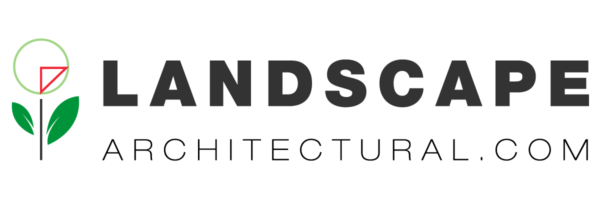
Pollinators are an important part of any ecosystem. Creatures such as butterflies, bees, hummingbirds, and so on all depend on pollinator plants in order to feed themselves and sustain their communities. Any good landscape design will incorporate native flora that act as great pollinators, making your yard sustainable and even bringing value to your property. Keep reading in order to learn how your plant choices can attract pollinators and provide sustainability.
What part of the plant attracts pollinators?
The key to this information is in the name: Pollinator. The most important part of a plant that attracts pollinators is the pollen that plants produce as part of their reproduction cycle. Nectar will also attract pollinators, such as hummingbirds, which also aid greatly in the pollination process. This is all a crucial part of nature’s process, and providing plants with nectar and pollen will not only provide sustainability for your local wildlife, but will ensure healthy plant and turf growth for your property and its surrounding eco-zone.
Making sure you incorporate local pollinator plants into your landscape will ensure that your yard is promoting biodiversity in your environment and will help your local wildlife function as they should in the great circle of life.
What kind of plant is the best pollinator?

Naturally, the best kind of pollinator plant for your yard depends on a few too many factors for there to be a “one size fits all” solution. That being said, the best pollinator plant for your yard is a plant that is native to your region and can readily grow and thrive in your soil and climate. In order to know what plants will work in your region, you can consult what is known as the USDA Hardiness zone map. For the midwest, any plant rated for zones 3a-5b are probably safe bets for your yard. To be certain, you can always consult your local gardening professionals at a nearby hardware store or garden center.
Typically, blooming plants are the best attractors for creatures such as adult bees, butterflies, hummingbirds, caterpillars, and moths. In the Midwest, there are plenty of options that can provide color and beauty as well as function to your landscape. With a wealth of choices, it can be hard to decide, so here are five suggestions that will fit perfectly in any Midwest landscape:

- Pale Purple Coneflower – Coneflowers can come in other colors than purple, but as a whole, they are a plentiful source of nectar as well as being resilient against drought.
- Wild Geranium – If attracting bees is your goal, and you have a sunny spot to put them in, Wild Geraniums are very effective at attracting Bumblebees and moths.
- Swamp Milkweed – Milkweed is an effective attractor of Monarch butterflies and is a great source of nectar for bees.
- Showy Goldenrod – As the name suggests, Goldenrod is a great attractor for honey bees and a variety of other pollen-eating insects such as beetles.
- Prairie Blazing Star – Another attractive purple blooming flower that is friend to a plethora of moths and butterflies.

Summary

Sometimes, making sure your landscape is at its best can be overwhelming and time-consuming. Knowing about which plants attract what bees and which species grows best in your soil isn’t common knowledge for the average homeowner. That is why it can be helpful to outsource this kind of heavy-lifting to a professional landscape designer. Digital Landscape Design can remove all the guesswork for your landscaping needs, and designers can ensure your landscape will be the best it can be in all aspects, be it from biodiversity, to sustainability. If you’d like to know more, please check out our informational page for Homeowners!
